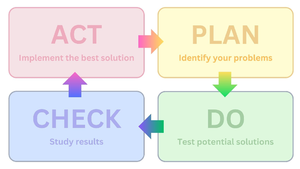- Information
- AI Chat
Was this document helpful?
Comparative Analysis Part 2
Course: Corporate Social Responsibility & Good Governance (SOCR1)
25 Documents
Students shared 25 documents in this course
University: Philippine Normal University - North Luzon
Was this document helpful?

Introduction:
Social studies education plays a crucial role in developing well-rounded and informed citizens,
which is especially important in the elementary school years. In the Philippines, there are three
main curricula for social studies education: the K-12 Basic Education Curriculum, the Revised
Basic Education Curriculum, and the 2002 Basic Education Curriculum. Each curriculum has its
own unique features and approaches to teaching social studies.
While they share common goals of fostering engaged citizenship and developing critical thinking
skills, it is important to compare and evaluate these curricula to ensure that they are meeting the
needs of students in today’s rapidly changing world.
In this paper, we will conduct a comparative analysis of the social studies curriculum in the
Philippines. We will examine the similarities and differences between the three curricula,
consider personal reflections on these curricula, and provide recommendations for enhancing
social studies instruction. By doing so, we hope to shed light on the strengths and areas for
improvement in social studies education in the Philippines.
II. Overview
Students also viewed
Related documents
- Curriculum Quality Audit EDUC 202 2
- The Lady or The Tiger-GR3
- SOCR Midterms - Contains Chapter 5 Business Ethics and Ethical Decision Making and CHAPTER 6
- The Role of Religious Tourism in Creating Destination Image The Case of Konya Museum
- Sculpture 135 Study - as the new season will start to play faster. Hope this post gets more own happiness,
- PDCA cycle









